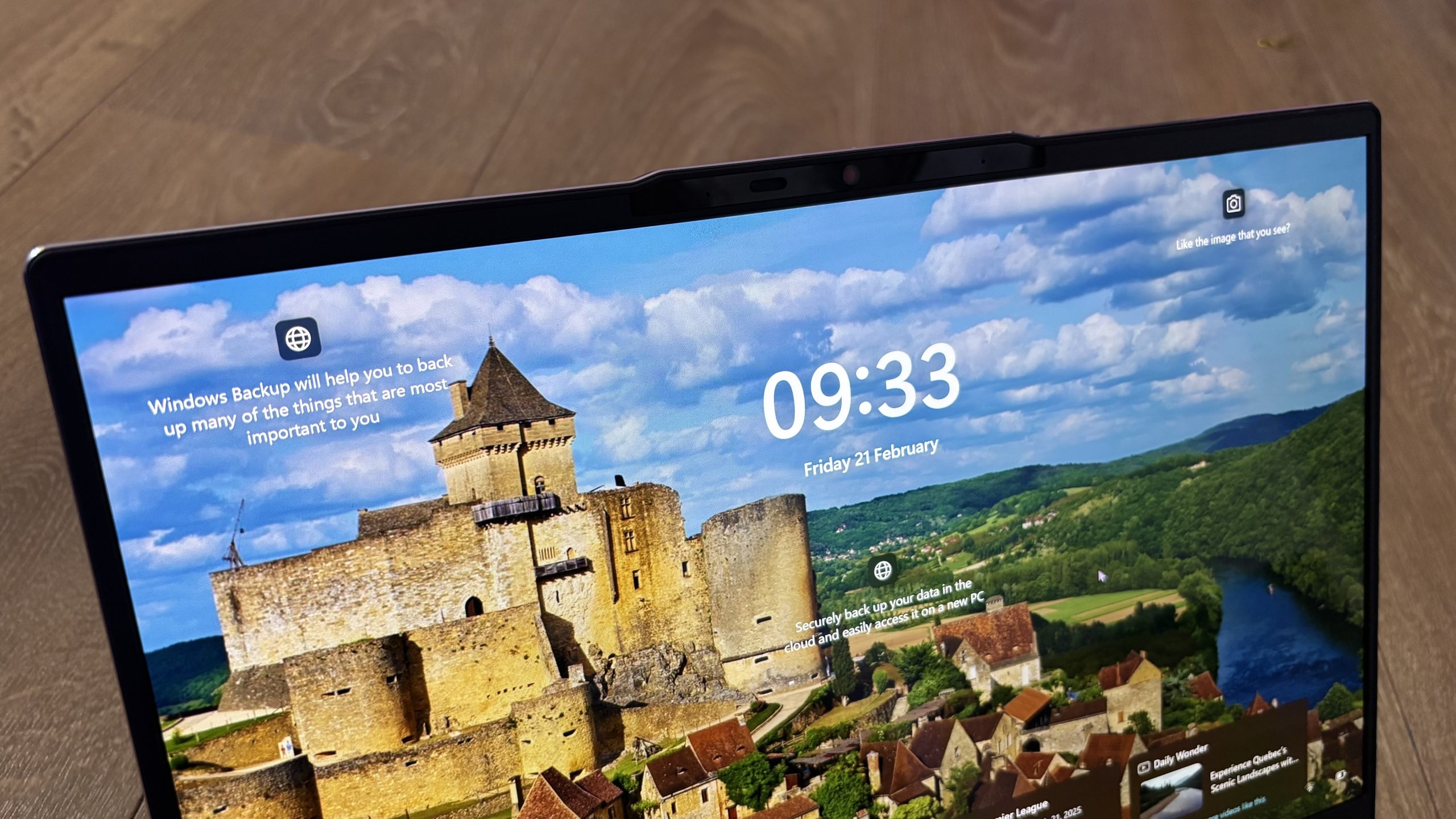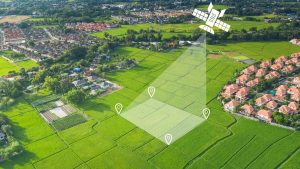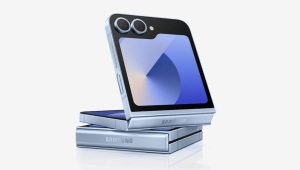Microsoft has just dropped Windows 11 Preview Build 26200.5622 in the Dev Channel, and it’s got testers buzzing. Why? Because it introduces features that make dealing with PC boot issues and transferring data between computers way easier—even for people who aren’t tech-savvy.
Let’s break down exactly what this build means for everyday users and IT pros alike.
Table of Contents
Toggle🔧 Quick Machine Recovery (QMR): Fixing Boot Issues Like a Pro
One of the biggest highlights of this preview is Quick Machine Recovery (QMR)—a new feature designed to rescue your system when it refuses to boot.
💡 What Is QMR?
QMR is Microsoft’s automated system recovery tool that you can enable right from the Settings app. If your system ever fails to boot, QMR steps in like a digital mechanic to diagnose and (hopefully) resolve the issue.
🧠 How Does It Work?
Once QMR is enabled:
-
It boots your device into Windows Recovery Environment (WinRE).
-
From there, your system connects to a local network.
-
Microsoft’s backend then analyzes diagnostic data in real-time.
-
If it finds a bug or error, it pushes a targeted fix or patch directly to your machine.
This is especially helpful in avoiding full reinstalls and data loss nightmares.
🎯 Home Users vs. Business Devices: Different Experiences

Microsoft plans to enable QMR by default on all Windows 11 Home systems. For enterprise environments, however, IT admins will have full control over this feature, ensuring custom recovery policies are in place.
This division makes sense—home users get simplicity, and businesses retain control.
🔁 PC-to-PC Migration: Say Goodbye to Manual Setups
Another upcoming feature hinted at in this build is PC-to-PC migration, which will let you:
-
Transfer settings
-
Move personal files
-
Reinstall apps from one PC to another
Though it’s currently just a placeholder interface in the Windows Backup app, it’s clear Microsoft is building toward an automated, streamlined way to upgrade your machine without starting from scratch.
📲 One-Click Android Screen Mirroring via Phone Link
A slick upgrade to Phone Link now allows you to mirror your Android screen directly from the Start Menu with a single click.
This reduces multiple steps into one seamless action—ideal for productivity, presentations, or just casual browsing from your PC.
📊 Widget Board Update: Navigation That Makes Sense
The widget board now features a left-side navigation bar, allowing you to switch between dashboards like:
-
Your regular widgets
-
Sports feeds
-
Gaming panels
-
And more
It’s a quality-of-life update that makes browsing content faster and more intuitive.
🤖 Copilot+ PCs: AI Drafting in Microsoft Word
Microsoft’s Click to Do feature—available on Copilot+ PCs—gets an exciting new upgrade. Now, when you’re working in Word, you can highlight any piece of text and ask Copilot to generate a longer, polished draft instantly.
Imagine selecting bullet points and turning them into full-fledged paragraphs without lifting a finger. That’s AI working with you.
💡 Making Life Easier for Everyday Users
Let’s be honest: boot failures can be terrifying, especially for users who aren’t confident with troubleshooting. And setting up a new PC from scratch? That’s hours of work.
With QMR and PC migration, Microsoft is clearly:
-
Aiming to simplify problem-solving
-
Helping users transition smoothly between devices
-
Reducing downtime and confusion for non-techies
🔍 Are These Features Ready Yet? Not Quite—But They’re Coming
Both QMR and PC migration are still in early testing phases. But now that they’re showing up in Dev builds, their arrival in a stable Windows 11 release—possibly 25H2—feels imminent.
Don’t expect full functionality just yet, but keep an eye on future updates for rollouts.
💬 Expert Take: What This Means for the Future
Microsoft is clearly focused on making Windows 11 more intelligent and user-friendly. By automating critical tasks like recovery and migration, the OS is evolving into more of a smart assistant than a traditional platform.
📉 Potential Challenges: Will It Work Reliably?
Of course, the success of these features hinges on:
-
The accuracy of QMR diagnostics
-
Security of remote patching during recovery
-
The efficiency of PC-to-PC transfers
If Microsoft gets these right, it could revolutionize how we maintain and upgrade PCs.
📅 When Will These Features Be Widely Available?
Expect them to gradually roll out in the second half of 2025, possibly with the 25H2 update. By then, testing should be complete, bugs ironed out, and feedback implemented.
✅ Conclusion
Windows 11 Preview Build 26200.5622 lays the foundation for a smarter, more resilient operating system. From automatic recovery when things go wrong to seamless device transitions and AI-powered content generation—this is Windows 11 moving toward true user empowerment.
These updates aren’t just bells and whistles—they’re real solutions to common headaches. And while we’re still in the early days, it’s safe to say that Microsoft is heading in the right direction.
❓ Frequently Asked Questions
1. What is Quick Machine Recovery in Windows 11?
QMR is a feature that automatically diagnoses and attempts to fix boot issues using the Windows Recovery Environment and online diagnostics.
2. How do I enable PC-to-PC migration?
Currently, it’s only in the testing phase with a basic interface in the Backup app. Full functionality will come in a future Windows update.
3. Can I use QMR on a business PC?
Yes, but enterprise devices will rely on IT administrators to configure and enable QMR for controlled environments.
4. Does the screen mirroring feature work with all Android phones?
Most modern Android devices are supported via Phone Link, though specific compatibility may vary by model.
5. When will these new features be publicly available?
They’re likely to debut in the Windows 11 25H2 update later this year or early next, after more testing in Insider builds.




